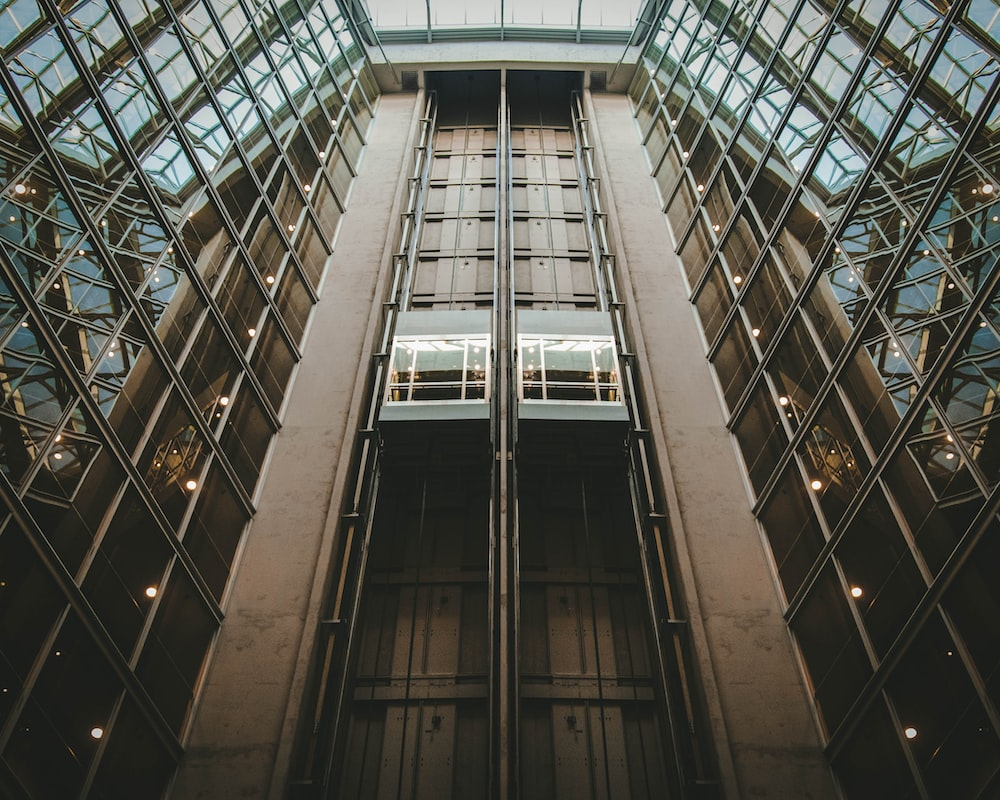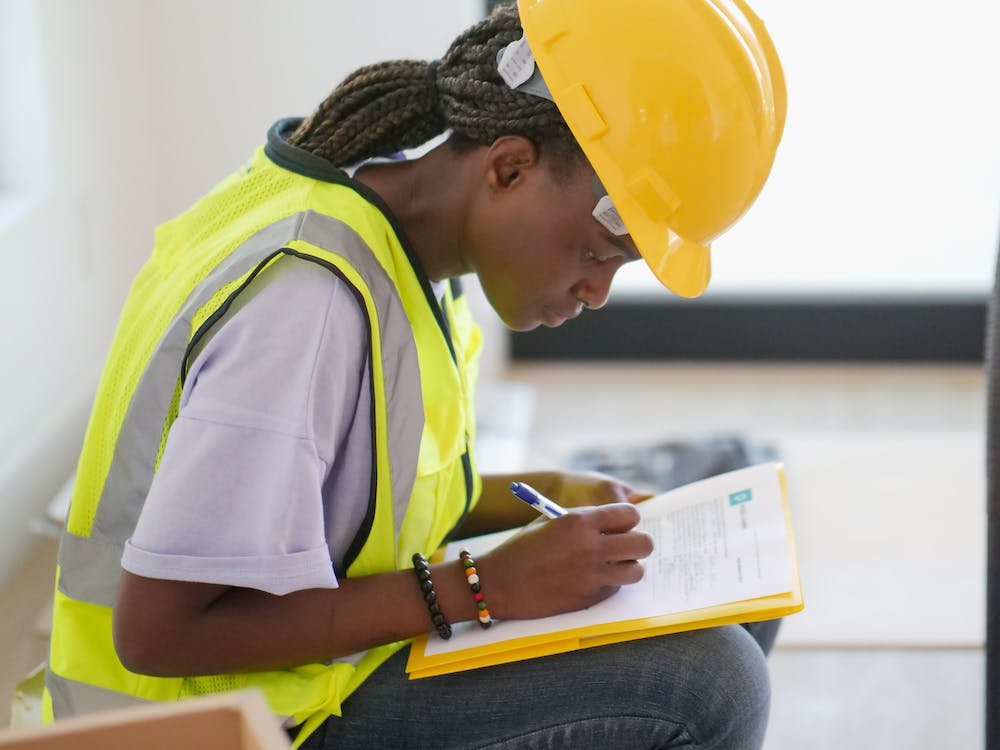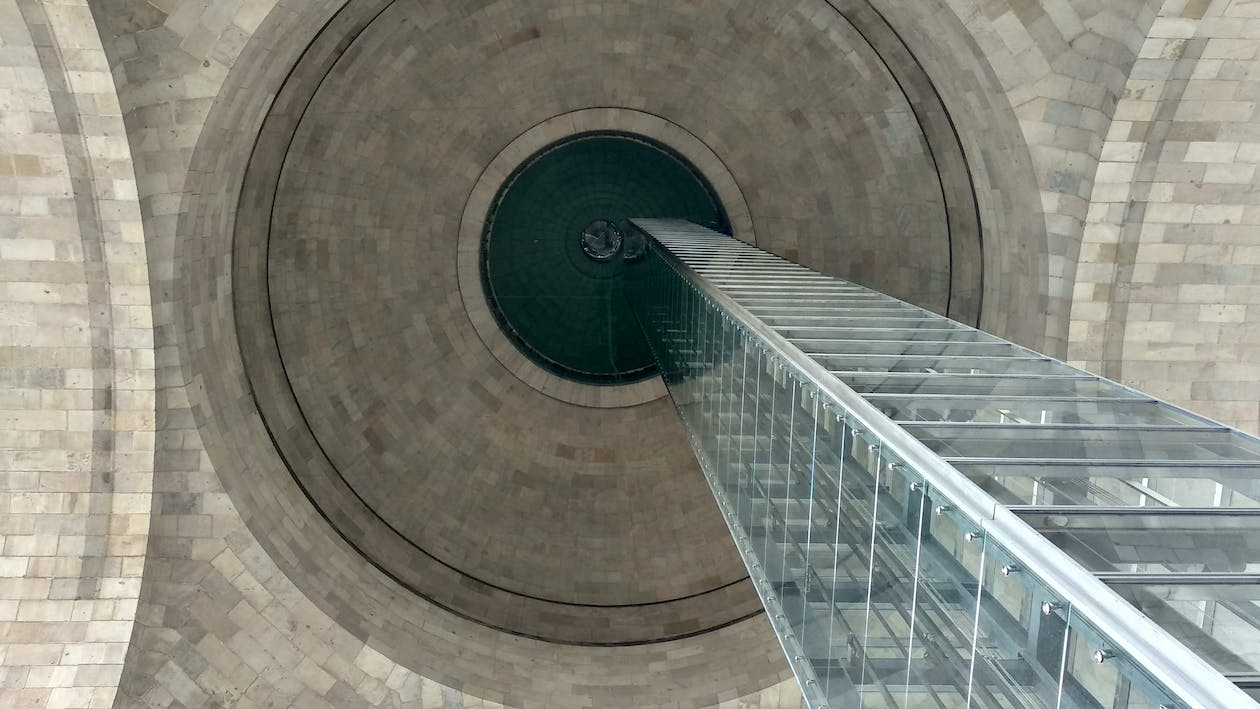
Elevators are a critical factor in multi-story buildings when it comes to the safety, operation, and viability of the property. While they make things easy for visitors or residents, elevators can be complex to operate and require special expertise for maintenance and upkeep.
Strategic planning is essential to ensure the control panel, shaft, doors, car, and everything within the elevator system works flawlessly and meets the compliance regulations regarding electrical, mechanical, security, and fire codes.
Over time, damages caused by inclement weather, poor upkeep, overuse, malfunction, unexpected shutdowns, or any other reason, may propel you to rejuvenate the elevator system of the high-rise building. If you’re confused about repairs versus modernization, experts at HighRise Consulting can help.
Our experts offer professional elevator inspections and elevator testing in the Bronx, Queens, Brooklyn, Manhattan, Staten Island, and other places in New York to help building owners gain insights into maintenance protocols that fit the needs of their commercial or residential complex. They will evaluate the situation with category 1 and category 5 elevator inspections to provide unbiased feedback after a thorough preventive maintenance evaluation.
While we will help you get all the answers to make cost-effective changes, the final decision regarding whether you need to replace the equipment or choose to modernize will depend on many things. This includes the elevator car speed and capacity, design, and the need for adding additional landings, among many more considerations.
Building owners can save plenty of money when they’re equipped with all the information needed to make an informed decision to avoid elevator modernization mistakes. Feel free to reach out to our consultants via email for more in-depth advice. You can also call (718)755-6435 to discuss whether elevator modernization is suitable for your building in New York.
What is Elevator Modernization?
It refers to the upgrade of the supporting controls and machinery of an elevator to maintain efficient and safe transportation throughout different floors. Many people confuse modernization with replacement, which involves new car installation resulting in a more significant cost implication.
Modernization, on the other hand, focuses on the operations of the elevator rather than other factors impacting its overall aesthetics. It comes in varying levels, from full-blown to micro-mod modernization, depending on the budget and needs of the facility.
There comes a time in the life of every elevator when it no longer makes logical or financial sense to continue repairing components year after year. Sometimes replacement parts are difficult to find or the service charges get expensive. Elevator modernization is a more feasible solution in such situations. It helps increase passenger safety, improves speed, decreases energy consumption, and boosts property value as well.

When to Consider Elevator Modernization
Overhead traction elevators generally have a 35-year lifespan whereas hydraulic ones operate safely for up to 25 years. But MRL traction elevators typically start showing signs of wear and tear in ten years due to the increased reliance on light-duty materials and computerized controllers.
As soon as an elevator approaches the average lifespan, the repairs become more expensive or workout components become difficult to replace. If the elevator remains out of service for a long time, it can be a nightmare for the passengers as well as the owners, especially in high-traffic residential buildings or commercial spaces like hotels, hospitals, and business centers.
You can also consider modernization if the goal is to introduce energy efficiency in the building. An elevator typically accounts for 3% to 6% of the total energy consumption in an average building. Since components that generate less heat and consume less power have been developed over the years, upgrading to the latest technology can help cut energy costs significantly.
Moreover, if your elevator is decades old, there’s a good chance that it doesn’t meet the latest codes and requires several significant updates. ADA guidelines, fire codes, and safety standards keep changing every few years.
Modernization can help bring the system up to the latest National Elevator Codes set by the ASME for the construction, design, operation, installation, modernization, repair, maintenance, testing, and inspection of elevators in New York.
If you’re wondering whether your current elevator meets all the codes, reach out to our professionals who can help identify a modernization strategy that will help keep your elevators, safe, compliant, and efficient for long.
Elevator Modernization: The Three Main Types To Know About
#1- Renovations for Cabs
Sometimes the elevator may be technically sound, but it could still use a design refresh. Most people consider this type of renovation when the building is going through an aesthetic revamp and they want the elevators to match or enhance the upgrades.
Renovations could include wall and ceiling panels, lighting, doors, cab flooring, and call buttons, among other upgrades. Many building owners have raised the bar by incorporating door or room elevator graphics to display ads or communicate new guidelines and wayfinding. During the COVID-19 pandemic, people also started adding disinfectant technologies to kill surface-level and airborne pathogens, such as viruses, bacteria, odors, mold, and other volatile organic compounds.
#2 Upgrades for Stand-Alone Components
Stand-alone upgrades are a fast and efficient way to make small yet necessary mechanical improvements. The technicians replace one component at a time for those who want to upgrade the elevator more cost-effectively. When you choose this option, expect some enhancements to trigger others. For instance, the signal fixtures will be impacted when you replace the controllers.
#3- Full-Fledge Modernization
This involves a complete system upgrade. Each non-structural component is replaced to improve the elevator’s energy consumption, operation, ride speed, and safety.
Common Elevator Modernization Mistakes to Avoid

#1- Trusting Proprietary Equipment
Many property owners are tempted to go for low-cost solutions such as proprietary components for elevator modernizations. Many manufacturers often offer lower prices for the equipment but charge excessive amounts for repairs, maintenance, and callbacks once the modernization is completed.
Being locked up in such agreements means you’ll be stuck with higher prices for substandard components or services. These major manufacturing companies also control the availability and costs of the parts to gain control over the ability of any potential competitor entering the market.
While you may save some bucks in the short run, buying proprietary equipment can become a noose around the neck in the long term and should therefore be avoided unless necessary.
#2- Retaining Components That are Obsolete
To minimize the shutdown period or keep costs low, some elevator components can be reused or retained. This equipment will need to operate for another few decades until the next scheduled modernization.
It’s not safe to use equipment that is already old. Ensure safety by replacing as many of the existing components so that the elevator won’t need another modernization for at least another 20 years.
#3- Climate Control
Sometimes elevator rooms are not properly planned for so they end up in locations subject to extreme climate changes. Modernization means controllers will be built with more solid components that provide the best results in environments with a stable climate.
New equipment performs up to expectations with the initial tolerance levels. But when the temperatures swing year after year, the fragile components can become severely damaged. You must read the manual provided by the manufacturer as it often comes with a set humidity and temperature range the equipment can operate reliably. It helps improve the life expectancy and efficiency of the new purchase.
If you’re aware of the importance of being vigilant about the elevators in your building and want them to remain safe and operable year in and year out without fail, request an estimate from HighRise Consultancy in New York.
We’re a leading elevator consulting company that offers professional elevator inspections, and elevator consulting services in many boroughs of New York. You can get in touch with our elevator consultancy firm for category 1 and 5 elevator inspections as well.
We also offer third-party witness services to help ensure your annual safety testing procedures effectively meet the NYC building codes. Give us a call at (718)755-6435 or email us for more information.
continue reading
Related Posts
Elevators have become a necessity in today’s convenient and fast-paced […]


